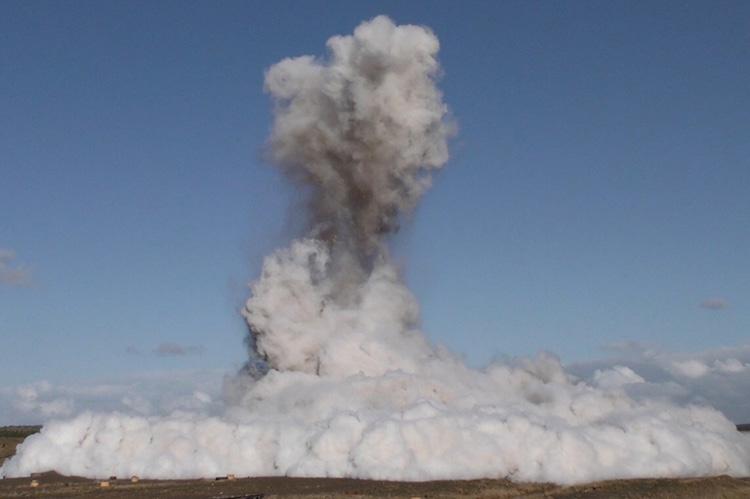CCS Recommended Practice Updated By DNV As The Energy Transition Picks Up The Pace

Norway-based energy industry consultants DNV, forecast a marked expansion in the amount of CO2 emissions that will need to be transported from where it is captured to where it will be stored.
DNV’s just published practice report, GL-RP-F104 Design and Operation of Carbon Dioxide Pipelines, features a new empirical model for the assessment of running ductile fractures in CO2 pipelines, which is based on the results from the CO2SafeArrest JIP (joint industry project).
The joint industry project involved two large-scale CO2 Crack arrest tests on 24-inch pipelines to determine the safety implications of CO2 releases. The tests were carried out at DNV’s British research and development facility. It was also established that the recommended practice could be applied alongside DNV GL-ST-F101 Submarine Pipeline Systems.
Hari Vamadevan, Senior VP with DNV’s Energy Systems business area states, “We are seeing globally the drive from industry and governments to proceed with CCS and all major routes to successfully decarbonizing gas rely on the large-scale uptake of the technology. This RP gives guidance to the industry to contribute and ensure that safe and reliable operations continue to take place as CCS begins to scale worldwide”.
It concludes that CO2 can be safely transported in existing pipelines

